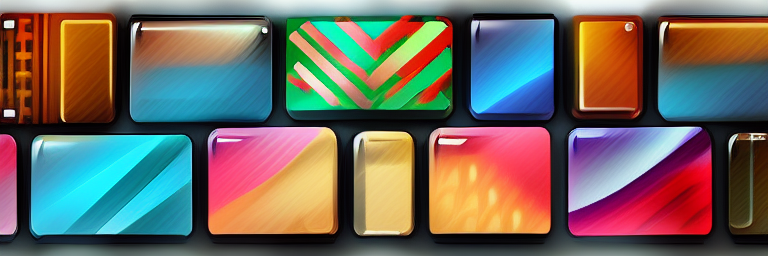An Introduction to React Native vs Flutter
Flutter vs React Native, both popular frameworks for mobile application development. Both frameworks have their own strengths and weaknesses, and so the choice between them comes down to which one best fits your project‘s needs.
Flutter is an open–source UI software development kit developed by Google. It enables developers to create native apps for both Android and iOS platforms using a single codebase. With Flutter, developers can access a wide variety of features such as an extensive library of widgets, custom UI elements, and access to native APIs. Additionally, Flutter apps are known for having a high degree of performance, fast development cycles, and relatively low cost.
React Native is a JavaScript library developed by Facebook. It enables developers to create native apps for both Android and iOS platforms using React and JavaScript. React Native apps are known for their fast development cycles, and for being able to easily integrate with native components. Additionally, React Native makes it easy for developers to create apps that look and feel native on both Android and iOS platforms.
To decide which framework is best for your project, you should consider the type of app you’re developing. If you’re building an app that needs to be highly interactive and have a lot of custom UI elements, then Flutter is the better choice. However, if you’re looking for a faster development cycle and easier integration with native components, then React Native may be the better option. Ultimately, the choice between Flutter and React Native will come down to the specific needs of your project.
Advantages and Challenges
Flutter and React Native are both popular frameworks for building mobile applications. Both have advantages and challenges associated with them.
Advantages:
– Flutter is faster to develop with, as it uses its own rendering engine and does not require a separate JavaScript bridge. This makes the development process simpler and faster.
– Flutter offers a more comprehensive set of features and capabilities compared to React Native. This includes features like custom widgets and hot–reload which help to speed up the development process.
– Flutter is more consistent in terms of look–and–feel and performance across different platforms as it uses its own rendering engine.
– Flutter is easier to debug and test, as the framework is built on Dart, which has a strong type system.
Challenges:
– Flutter is still a relatively new framework and is not yet as widely adopted as React Native. This means that there is a smaller community and fewer resources available to developers.
– Flutter is not as mature as React Native and may lack certain features and capabilities.
– Flutter is not compatible with all platforms and devices, so developers may need to create separate versions of the app for different platforms.
– Flutter apps may be more difficult to maintain and update, as the framework is still evolving.
Considerations
When considering Flutter vs React Native, there are a few key considerations to keep in mind.
The first is the development environment. React Native is based on JavaScript and designed to be used with existing web development tools. Flutter is based on the Dart language and requires developers to learn a new language and development environment.
The second is the performance of the two frameworks. React Native relies heavily on the device’s native components for performance, while Flutter has its own set of widgets and components that are designed for performance.
The third is the availability of third–party libraries and packages. React Native has a larger selection of libraries and packages available, while Flutter’s selection is still growing.
The fourth is the ease of use. React Native is easier to learn and use, while Flutter requires more time and effort to learn and master.
Finally, the cost of development is a consideration when deciding between the two frameworks. React Native is a free and open–source framework, while Flutter requires a license to use.
No matter which framework you choose, it is important to consider your development needs and the cost of development before making a decision.
The Future Outlook
The future outlook for Flutter vs React Native is promising. Both frameworks are popular and are being used by many developers.
Flutter is a new technology that is making a big impact on mobile app development. It is a powerful and versatile technology that is quickly gaining traction. It has a well–structured design, a good set of features, and excellent performance. Flutter is a great choice for apps with complex UI and custom visuals.
React Native is a well–established cross–platform framework that is widely used by developers. It has a large user base and is backed by a strong community. React Native is simple to use and provides excellent performance. It is also well–documented and there are many tutorials available online.
Both Flutter and React Native are popular technologies that are being used to build great mobile applications. Both have their advantages and disadvantages. Flutter is relatively new, but it has a lot of potential. React Native has a large user base and is backed by a strong community.
In the future, both technologies will continue to be popular and developers will continue to choose either one depending on their needs. The main deciding factor will be the project requirements and the developers’ experience and preferences.

